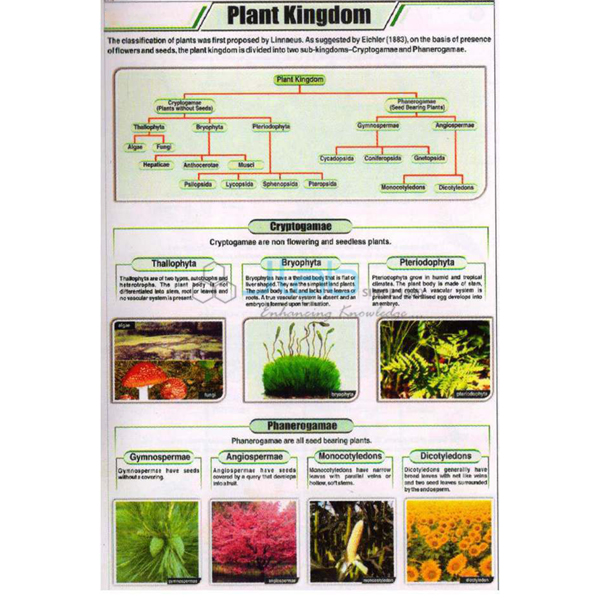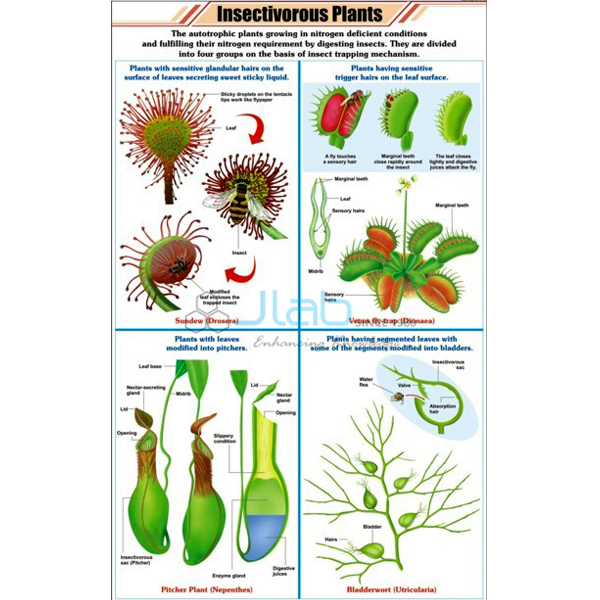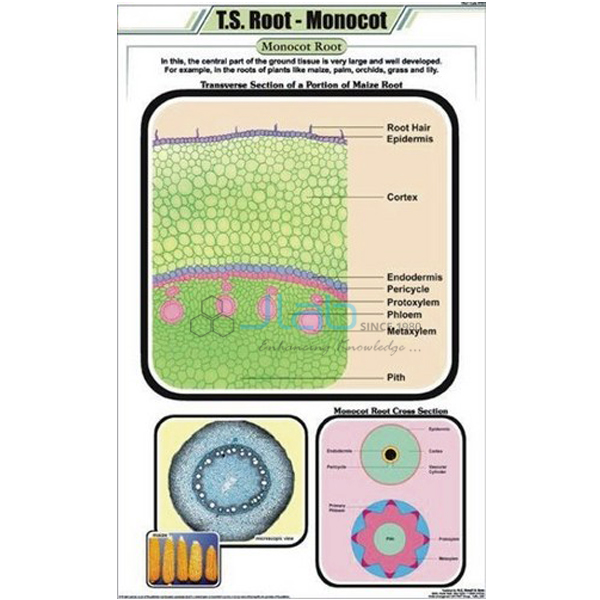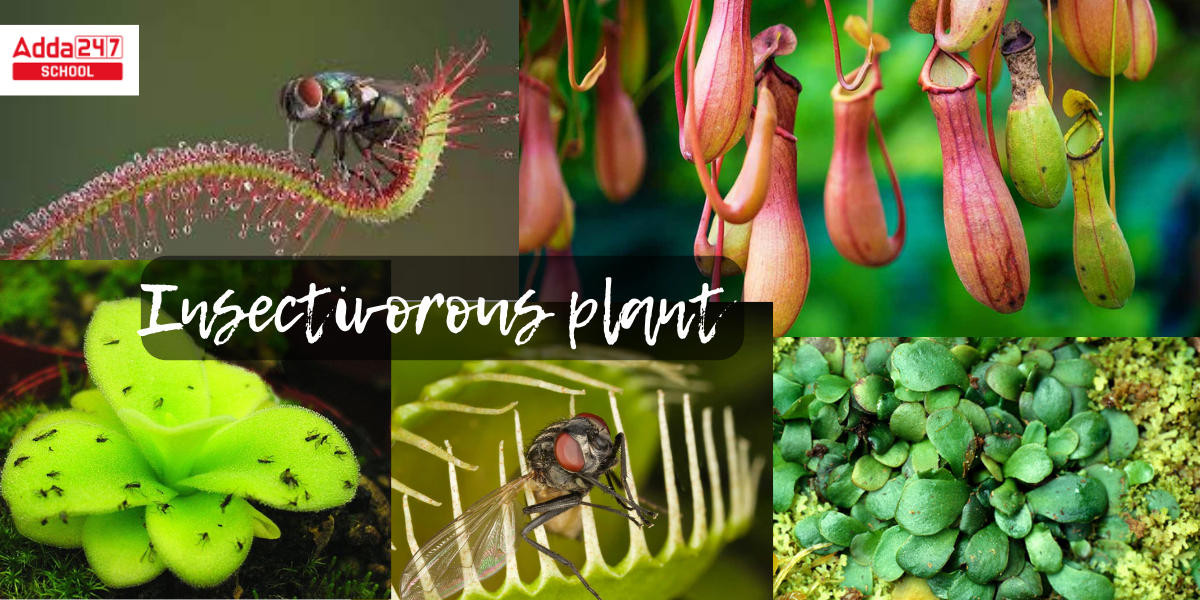Insectivorous Plants Chart USA, Insectivorous Plants Chart Manufacturer, Insectivorous Plants

Insectivorous Plants Chart USA, Insectivorous Plants Chart Manufacturer, Insectivorous Plants
An insectivorous plant has specialized leaves to attract and digest insects. The Venus flytrap is popularly known for its insectivorous mode of nutrition, and has leaves that work as traps (Figure 3). The minerals it obtains from prey compensate for those lacking in the boggy (low pH) soil of its native North Carolina coastal plains. There are.

Aldrovanda vesiculosa L. (from Insectivorous Plants, Darwin, 1875 3). Download Scientific Diagram
The Venus Flytrap captures this insect very quickly and the prey is not able to escape from the strong jaws of this carnivorous plant. Then, the Venus Flytrap begins to digest these insects. Hence, these plants are insectivorous. A. Yes, one can feed their Venus Flytraps, however, it is important to know what to feed.

Insectivorous Plants Chart USA, Insectivorous Plants Chart Manufacturer, Insectivorous Plants
This edition first published 1875 This digitally printed version 2009. ISBN 978-1-108-00484-8 Paperback. This book reproduces the text of the original edition. The content and language reflect the beliefs, practices and terminology of their time, and have not been updated. Cambridge University Press wishes to make clear that the book, unless.

Insectivorous Plants Chart India, Insectivorous Plants Chart Manufacturer, Insectivorous Plants
Venus flytrap, pitcher plant and cobra lily are some of the insectivorous plants' names. They are often called Carnivorous plants. Let us have a brief insight into the characteristics and examples of insectivorous plants. Characteristics of Insectivorous Plants The important characteristics of insectivorous plants are mentioned below:

Insectivorous Plants Chart India, Albania (Tirane), Algeria (Algiers), Andorra (Andorra la Vella
Insect eating plants, commonly referred to as Insectivorous or carnivorous plants are plants that derive some or most of their nutrients from trapping and consuming insects, protozoans and other small arthropods. Carnivorous plants still generate some of their energy from photosynthesis.

Insectivorous Plants Chart USA, Insectivorous Plants Chart Manufacturer, Insectivorous Plants
In conclusion, the world of insectivorous plants is a realm of captivating beauty and extraordinary adaptations. Through the fusion of artistry and knowledge, the hand-drawn diagrams presented in this blog shed light on the intricate mechanisms and structural wonders of these remarkable botanical specimens. As we deepen our understanding of.

Insectivorous Plants Chart India, Insectivorous Plants Chart Manufacturer, Insectivorous Plants
Insectivorous plants are carnivorous plants that trap and eat insects via chemical processes to gain nutrition. Characteristics of Insectivorous Plants include: Nitrogen Deficiency, Attractactive features, Wet and Damp Habitats, Presence of Digestive Enzymes, Inescapable Traps, etc.

Insectivorous Plants Chart USA, Insectivorous Plants Chart Manufacturer, Insectivorous Plants
Insectivorous plants have certain insect trapping features on them such as pleasant smelling nectars, hair-like structures and slippery surfaces that make it possible for insects to make a trap for insects and shut them inside their special lobed leaves or trappers. Then the presence of digestive enzymes or juices, it becomes easier for them to.

Insectivorous Plants which eat insects as food by Pritish Halder
The plant's fragrant oils may be extracted and mixed with apple cider vinegar and inexpensive vodka (or witch hazel) to produce a mosquito repellent with a little effort. Mint containers properly placed in the yard or on the patio can help keep insects away from surrounding plants. 5). Catnip Plant. catnip plant.

Insectivorous Plants Chart Manufacturer and Supplier in India, Albania (Tirane), Algeria
Insectivorous plants, also known as carnivorous plants, have been a marvel for both scientists and common people for eons. Charles Darwin even went to the extent of calling one of the common insectivorous plants, the Venus Flytrap, "one of the most wonderful plants in the world."

Spectrum Educational Charts Chart 287 Insectivorous (Animals & Plants)
insectivorous plant. insectivorous plant (carnivorous plant) Any of several plants that have poorly developed root systems and are often found in nitrogen-deficient sandy or boggy soils. They obtain the missing nutrients by trapping, 'digesting' and absorbing insects. Some, such as the Venus's fly-trap (Dionaea muscipula), are active insect.

Carnivorous Plants Watercolor Style Painting Print Plantas insectivoras, Plantas carnivoras
Carnivorous plants have the most bizarre adaptations to low-nutrient environments. These plants obtain some nutrients by trapping and digesting various invertebrates, and occasionally even small frogs and mammals. Because insects are one of the most common prey items for most carnivorous plants, they are sometimes called insectivorous plants.

Insectivorous Plants Chart Manufacturer and Supplier in India, Albania (Tirane), Algeria
Insectivorous, or insect-eating, plants are unique in the plant kingdom. They obtain a significant portion of their nutrients from insects they ensnare and consume. These fascinating plants typically thrive in humid environments with abundant sunlight and moisture. They compensate for their nutrient-deficient soil by capturing and digesting.

Insectivorous Plant Name, Examples, Types, Definition
D. capensis has strap-like leaves that can grow to be 3.5 cm long and 0.5 cm broad. The brightly colored tentacles of all sundews release a sticky mucilage that captures arthropods. The plant blooms in the summer (December and January in its native South Africa) with up to 50 pale violet, 2 cm wide flowers carried on up to 35 cm tall racemose inflorescences.

INSECTIVOROUS PLANTS CHART SIZE 12X18 (INCHS) 300GSM ARTCARD
Insectivorous plants are typically grown in nutrient-poor environments, such as bogs and wetlands, where they have adapted to supplement their diet with insects to thrive. Some examples of insectivorous plants are Venus flytrap (Dionaea muscipula), Pitcher plants (Various genera), Sundew (Drosera spp.), Butterwort (Oenguicula spp.

insectivorous plants insectivorous plants names venus flytrap plant sundew plant pitcher
hold the plant and soil in place. The potted plant is sealed in a plastic bag and wrapped in corrugated cardboard. Upon receipt remove the potted plant from the bag and remove the cardboard disc. If the soil appears dry, water immediately using rain water only. Tap water or de-chlorinated water will kill the insectivorous plants.